Text
Juan Luna: The first Philippine native-born International Star
When we think of International stars from the Philippines, names like Lea Salonga, Dolly De Leon, Charice Pempengco, Arnel Pineda, and more come to mind. But for someone like me whose hobby is to read and study history, the first to come to mind is one of our national heroes, Juan Luna de San Pedro y Novicio Ancheta, or simply "Juan Luna."

Born on October 23, 1857, as a creole, he was a painter, sculptor, and a political activist during the late 19th century Philippine Revolution. He's most famous for his masterpiece, 'Spoliarium,' and as the brother of General Antonio Luna.
When I heard the news that Juan Luna's painting, "Hymen, oh Hyménée!" also known as "The Holy Grail" of Philippine Art, had been found and would be displayed in the Ayala Museum, I knew I had to see it. Despite a busy schedule, I made the effort, and it was entirely worth it. The painting had won a Bronze Medal at the 1889 Exposition Universelle in Paris, France, catapulting Juan Luna to international fame and admiration. In an era when Filipinos were often seen as 'inferior,' Luna shattered stereotypes, proving that Filipinos could be great artists, earning international pride.

Before its discovery, many Filipino art collectors and historians had no idea what happened to the painting. Some believed it was destroyed during the wartime destruction of Manila or by fire at the hands of Pardo de Tavera's after Luna tragically killed his wife and mother-in-law in 1892.
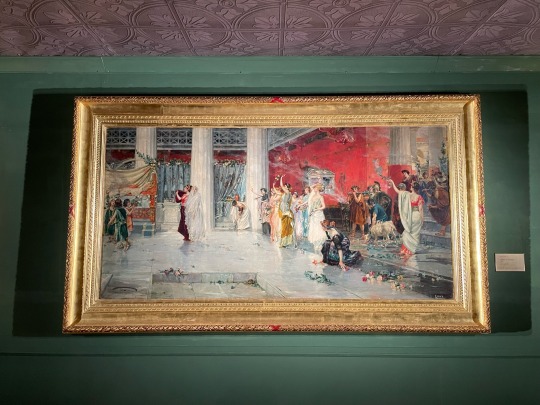
Seeing the painting at the Ayala Museum's "Splendor" exhibition left me awestruck by its beauty, technique, genius, and intricate details. I stood there for about 20 minutes, pondering what was going through Luna's mind when he created this masterpiece. According to historian Prof. Ambeth Ocampo, "Hymen, oh Hyménée!" marked Luna's transition to becoming a "socially aware" artist. His subsequent works reflected the dark, impoverished, and corrupt society, making it difficult for him to sell paintings and leading to financial hardship.
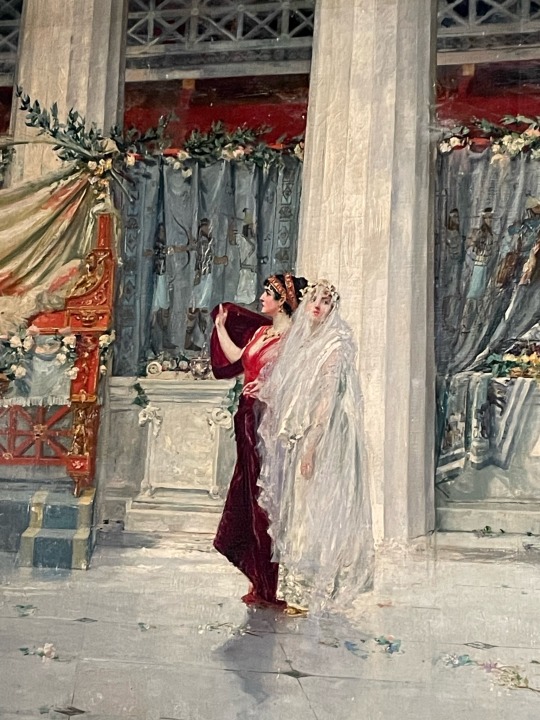
Juan Luna's life story was filled with greatness, yet also shrouded in darkness and violence. After being acquitted of charges related to the deaths of his wife and mother-in-law, Luna returned to the Philippines. He and his brother Antonio initially did not join the revolution but were later arrested. In 1898, he was appointed by the executive board of the Philippine revolutionary government and played a pivotal role in securing recognition for the Philippine republic in France and Washington D.C. After the tragic death of his brother General Antonio Luna, he returned to the Philippines, but ultimately, he passed away in Hong Kong in 1899.
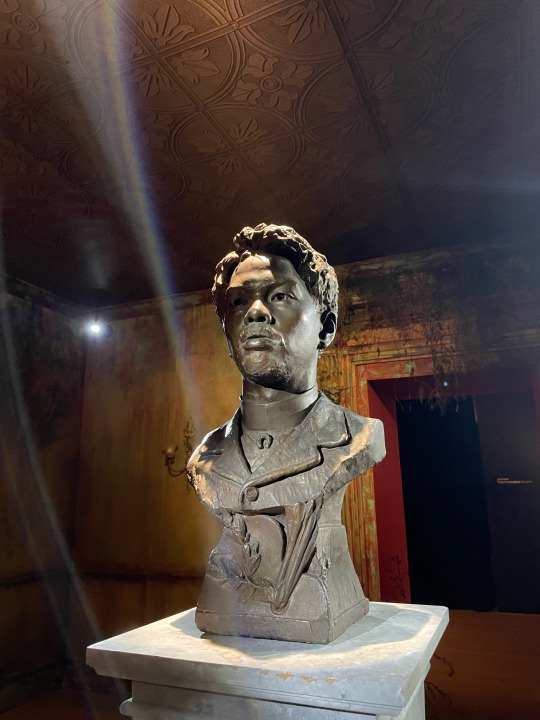
Studying the tumultuous life of Juan Luna prompts us to question whether he deserves a place among our national heroes. None of our national heroes are perfect; they were human, capable of mistakes and sins, and Juan Luna was no exception. Nevertheless, he provided us with something to be proud of, dismantling racist views about Filipinos. Juan Luna, like our other national heroes, earned his place not because of the mistakes and sins he made but because of his remarkable contributions, helping define what it means to be called a "Filipino" as the first Filipino international star."
3 notes
·
View notes
Text
The South China Sea Dispute: Unraveling the Nine-Dash Line
The South China Sea dispute has been a long-standing issue, marked by conflicting territorial claims and geopolitical tensions. Central to this dispute is China's contentious "Nine-Dash Line," which purports to assert Beijing's sovereignty over nearly the entire West Philippine Sea, encompassing the Kalayaan Group of Islands. This essay delves into the historical and legal aspects of China's Nine-Dash Line and highlights the Philippines' counterclaims, particularly drawing attention to the 1734 Murillo Velarde map.
The Origin and Legitimacy of China's Nine-Dash Line:
China's Nine-Dash Line first appeared on Chinese maps in 1947, with Beijing using it as a basis for asserting historical claims to vast maritime areas in the South China Sea. However, the international community has consistently questioned the legitimacy of this demarcation. In a significant development, an international tribunal ruled on July 12, 2016, that the Nine-Dash Line had "no legal basis" for making maritime claims. The Permanent Court of Arbitration in The Hague delivered this verdict, effectively challenging China's historical claims over the South China Sea.

The Philippines' Historical and Legal Claims:
Contrary to China's assertions, the Philippines has put forth both historical and legal claims to the disputed territories, backed by compelling evidence. A key piece of evidence in the Philippines' favor is the 1734 Murillo Velarde map. This historic map played a pivotal role in the Philippines' victory against China's ownership claims in the Permanent Court of Arbitration.
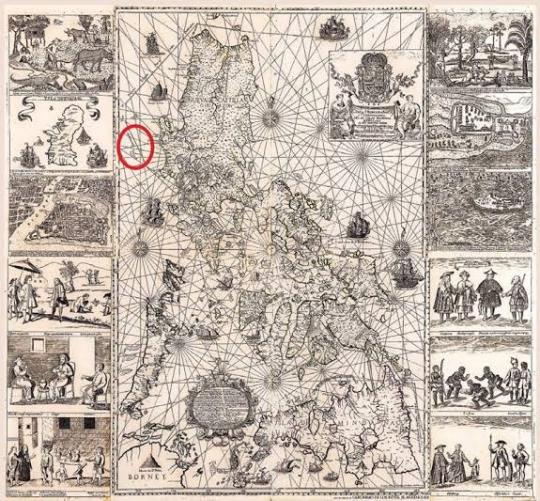
The Murillo Velarde map, originally printed in the 18th century, resided in the basement of Alnwick Castle for two centuries, part of the Duke of Northumberland's collection. This map serves as a testament to the Philippines' long-standing presence and historical connection to the South China Sea, particularly the West Philippine Sea.

The Problematic Nature of China's Claims:
China's assertion of sovereignty over the West Philippine Sea remains problematic on multiple fronts. Firstly, it lacks historical and legal basis, as affirmed by the international tribunal's ruling. Secondly, the unilateral drawing of the Nine-Dash Line by Chinese authorities raises concerns about its validity and its impact on regional stability.
Conclusion:
The South China Sea dispute, epitomized by China's Nine-Dash Line, continues to be a source of contention in international politics. While China insists on its historical claims, the Philippines has presented compelling historical and legal evidence to challenge these assertions. The 1734 Murillo Velarde map stands as a symbol of the Philippines' enduring connection to the region. Ultimately, a resolution to this dispute should be sought through diplomacy and adherence to international law, fostering peace and stability in the South China Sea.
References:
34 notes
·
View notes
Text
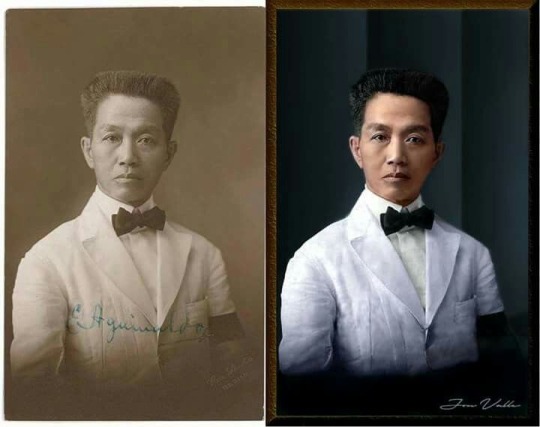
Pres. Emilio Aguinaldo is undoubtedly the Philippines' most misunderstood hero, a figure marked by both admiration and controversy. Revered for his persona, courage, and military prowess, he stands as a key historical enigma. Scrutiny has intensified due to alleged connections to the deaths of fellow national icons like Gen. Luna and Andres Bonifacio, fueling debates about his hero status.
Determining Aguinaldo's legacy is no simple task. Amid pivotal historical junctures, he made decisions that stirred moral and political discontent. Nonetheless, his undeniable contributions to the nation's pursuit of autonomy cannot be ignored. He bestowed upon us our national flag and anthem, proclaimed a fleeting yet symbolic independence from Spanish rule, and emerged victorious in multiple battles for freedom. Despite his dictatorial presidency in the backdrop of war, he exhibited a strong liberal and democratic streak.
The charge that he orchestrated the deaths of Bonifacio and Luna is frequently raised, but Aguinaldo's presence during the Tejeros Convention of 1897, coupled with a lack of direct evidence, muddies the waters of his involvement. Modern evidence implies his complicity, although his level of culpability remains debated.

In my view, Aguinaldo must be held accountable for his decisions, though the moral assessment falls beyond our purview. A fervent patriot, he was burdened with the weight of critical choices for the sake of his homeland and its people. Regarding his worthiness as the first President and a hero, I firmly affirm it. Aguinaldo's struggles spanned battles against both Spain and the United States, underscoring his pivotal role in advancing the Philippines toward independent republic status in 1898.
It's imperative to grasp that Filipino heroes are not flawless paragons. They are human, prone to error, existing in stark contrast to cinematic or fictional idols. Embracing this realism is essential in comprehending the tapestry of their contributions.
— Mark Manansala, August 24th 2023
#PhilippineHistory #EmilioAguinaldo #History #HistoryBlog #HistoricalCommentary
11 notes
·
View notes
Text


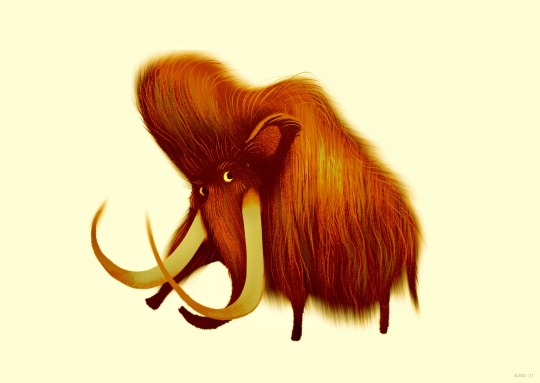
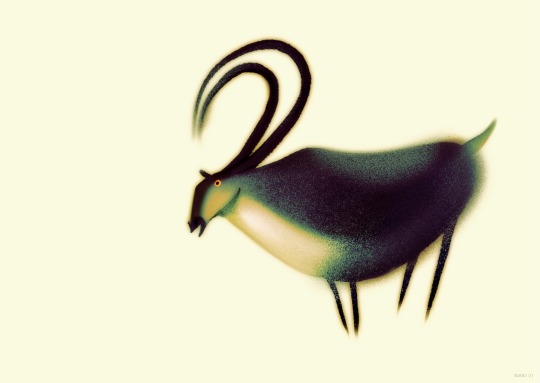





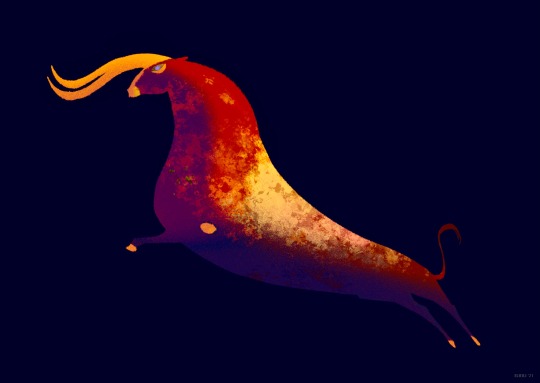
More Paleolithiccs and a Minoan Bull from Anthiccquity
10K notes
·
View notes
Text

.. that only love, could heal our brokenness
0 notes
Text
“There was no warning about how painful it was to tell a star of its own ending, (…)”
— Nikita Gill, from What It Means To Be A Forgotten Magic Maker in “Great Goddesses: Life Lessons From Myths And Monsters”
545 notes
·
View notes
Text
You are mythology. The way you hold the world on your shoulders is Atlas. Embracing the darkness despite the pain it gave you is Persephone. Thinking lonely is the thing you may be doomed to is Hades. Hoping they will call but knowing they won't is Hera. Broken dreams and shooting stars in your eyes is Asteria. But that rising from it all every day and fighting yet again? That's all Artemis. You carry them all in the poetry of your body. You know that in your bones.
- Nikita Gill, You are Mythology
2K notes
·
View notes
Text
You survived this. Even with clenched fists and gritted teeth and neverending wounds, you survived this. I hope you remember that on the mornings when you feel worthless and small. You were given an impossible mountain to climb, and you still climbed it to get to the other side.
10K notes
·
View notes
Text
Pain is such a consistent, unforgettable thing. That’s why trauma teaches us to find comfort in harm rather than happiness. Unlearning that is almost impossible and that’s why daily soul work is so essential. You can do this. You can unlearn what trauma taught you. Just give yourself time.
1K notes
·
View notes
Text
How To Become a Myth
- Nikita Gill
1.
Fly into the sun, defy anyone who tells you that you cannot love Him.
The ocean will break your fall. even if it is by drowning you.
(You knew he would burn you, Icarus you simply thought he was worth the risk)
2.
Get stolen by a God away from the meadows you once knew, wood nymph.
Become Queen of the Underworld. Turn the land of the dead into home.
(You knew didn’t you, Kore? How to survive you would become Persephone?)
3.
Turn yourself into an echo of the person you used to be, then fall in love with him.
And when he doesn’t notice you Instead falls in love with himself, pine away.
(Narcissus could never love you, dear Echo. Not the way he loved himself.)
4.
Become an indestructible monster. Become the thing that warriors speak of in hushed breaths in terror.
When you finally do die at someone’s hands make sure it is glorious.
(Theseus was the only end worthy of you, Minotaur.)
5.
When the Sea God assaults you, turn people into stone. Turn Gods into stone.
Turn anything that threatens you ever again into stone.
(Medusa, Athena turned you monster to protect you. She took your beauty to give you power.)
6.
Adore her so much that the world grieves with your broken heart’s song.
Almost save her from the Underworld. Almost.
(Orpheus, all you had to do was not turn to look at her.)
7.
Marry a God King.
Watch him betray you over and over again. Become bitter and cruel.
Recognise he will never respect you. Promise to make him suffer till he does.
(Hera, I know why you couldn’t leave him, it was all for love, it was all for love)
8.
Become an undefeated warrior in a war where you lose everything you love.
Even the one you love most of all. Don’t realise it. Keep fighting.
(Achilles, Patroclus’ love would have made you immortal anyway.)
9.
Be unhappy in your marriage. Find a dangerous Prince who promises you a real love.
Run away with him
Do not think of the consequences.
(Helen, you didn’t just launch a thousand ships you set kingdoms ablaze.)
10.
Destroy everyone you love in a murderous rage.
Go on a journey hoping it will kill you
(Hercules tell the truth, you hoped those tasks would be your destruction didn’t you?)
Addendum:
Don’t become a myth. Stay human.
Stay mortal.
It is less wounds.
I promise. It is less wounds.
7K notes
·
View notes
Text
Why be a half-finished poem in some forgotten poet’s story, when one can be an odyssey in and of herself, part magic, part villain, part Goddess, part lover.
—Nikita Gill
887 notes
·
View notes
Photo

“Female rulers are a rare phenomenon–but thousands of years ago in ancient Egypt, women reigned supreme. Regularly, repeatedly, and with impunity, queens like Hatshepsut, Nefertiti, and Cleopatra controlled the totalitarian state as power-brokers and rulers. But throughout human history, women in positions of power were more often used as political pawns in a male-dominated society.
What was so special about ancient Egypt that provided women this kind of access to the highest political office? What was it about these women that allowed them to transcend patriarchal obstacles? What did Egypt gain from its liberal reliance on female leadership, and could today’s world learn from its example?”
― When Women Ruled the World: Six Queens of Egypt, by Kara Cooney
3K notes
·
View notes
Text

My now baby big boy, Dylan.
1 note
·
View note





